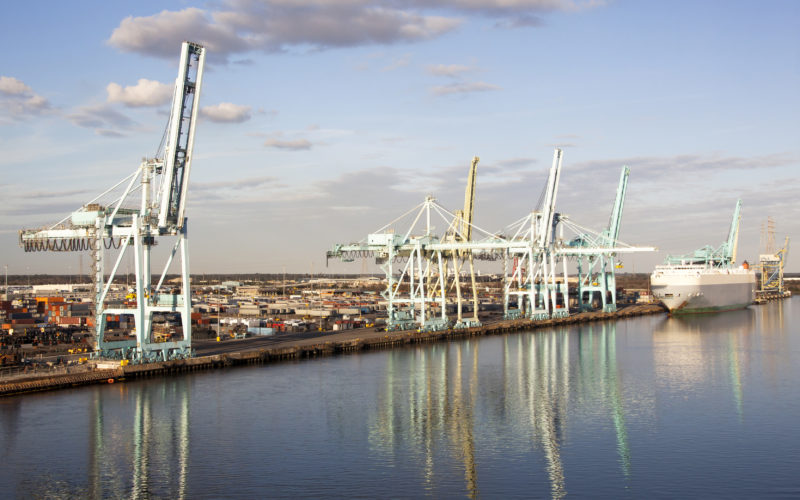The following is the text of a news release from DNV GL:
(HOUSTON) — Responding to the industry’s need for more guidance on procedures related to liquefied natural gas (LNG) bunkering, the U.S. Coast Guard (USCG) has published two new policy letters on LNG bunkering, personnel training and waterfront facilities. With regard to simultaneous operations (SIMOPS), USCG points to DNV GL’s recommended practice for “Development and Operation of LNG Bunkering Facilities” for guidance.
Since U.S. ports do not have LNG liquefaction and storage facilities yet, ships will have to rely on small-scale bunkering for the time being. This practice harbors certain risks that had not been addressed by U.S. legislation until now, but are covered in DNV GL’s Recommended Practice RP-0006: 2014-01 on the development and operation of LNG bunkering. In 2013, DNV GL developed the recommended practice to help facilitate the development of an international LNG infrastructure while waiting for the final release of the ISO 18683 work group document on systems and installations for supply of LNG as fuel to ships. It was released on Jan. 15, 2015 and builds on DNV GL’s RP.
USCG’s LNG expert Ken Smith, general engineer at the Office of Vessels’ and Facilities’ Operating Standards, recently said: “DNV GL is already doing everything the USCG could hope for and more, and we recognize and appreciate the vast experience and in-depth expertise that DNV GL has when it comes to LNG as fuel, both here in the U.S. and internationally. The recommended practices and standards that you issue and the work you have done in other technical committees are helping to shape our policies and regulations in this area.”
“The early phases are essential when performing risk assessment in the context of LNG bunkering,” Tony Teo, technology and business director, North America, explains: “They set the boundaries for risk acceptance, define the scope and lead either into a scenario-based or to a full quantitative risk assessment.” Simultaneous operations like loading/unloading of cargo or passenger movements at the terminal during bunkering operations require special attention. Says Teo: “We recommend carrying out a full quantitative risk assessment with the aim to demonstrate that overall safety targets are met, evaluate and select safeguards and risk reducing measures and eventually confirm or develop safety zones. A quantitative or probabilistic risk assessment as against the consequence risk method is based on our 30 years' data bank refined from the UK Health and Safety Executive.”
Most of the LNG-fueled ships and a large number of LNG tankers sailing the oceans today are built to DNV GL’s classification rules. Further information on LNG safety as well as DNV GL’s full recommended practice for development and operation of LNG bunkering facilities can be found on the DNV GL website: www.dnvgl.com/maritime/lng/lng-safety.html.
The USCG policy letters are available for download here: www.regulations.gov/#!documentDetail;D=USCG-2013-1084-0031
About DNV GL
Driven by its purpose of safeguarding life, property and the environment, DNV GL enables organizations to advance the safety and sustainability of their business. Operating in more than 100 countries, the company’s 16,000 professionals are dedicated to helping their customers in the maritime, oil and gas, energy and other industries to make the world safer, smarter and greener. For more information, visit www.dnvgl.com.

